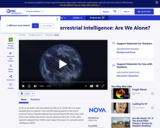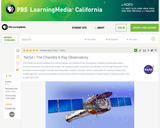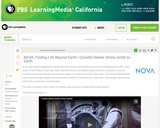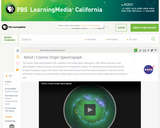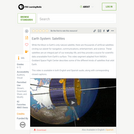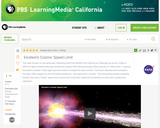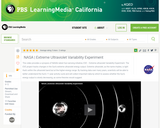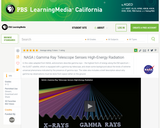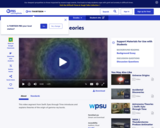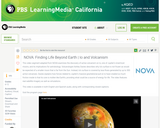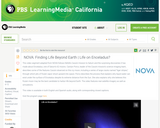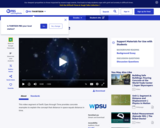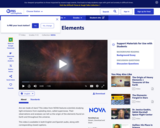
This video segment adapted from First Light explains why the highest peak in the Pacific, Mauna Kea, is an ideal site for astronomical observations. Featured are new telescope technologies that allow astronomers to explore the universe in more depth.
- Subject:
- Applied Science
- Astronomy
- Chemistry
- Education
- Geoscience
- Physical Science
- Physics
- Space Science
- Technology
- Material Type:
- Activity/Lab
- Diagram/Illustration
- Provider:
- PBS LearningMedia
- Provider Set:
- PBS Learning Media: Multimedia Resources for the Classroom and Professional Development
- Author:
- National Science Foundation
- WGBH Educational Foundation
- Date Added:
- 12/17/2005


